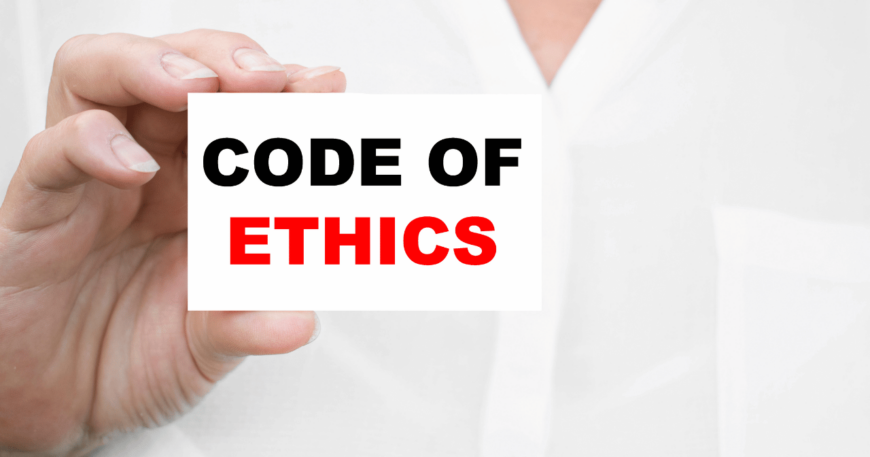Imagine you are asked to assist with a procedure that goes against your ethical beliefs. This situation, known as a conscience-based objection, can be challenging. In such cases, the American Nurses Association’s Code of Ethics for Nurses
is a valuable resource for guidance.
In January, the ANA’s Center for Ethics & Human Rights announced the 2025 revision of the Code, which is updated every 10 years. According to the ANA, the Code has been the cornerstone of ethical nursing practice for over 60 years, providing guidance and instruction to effectively and honorably carry out the ethical responsibilities required of the nursing profession.
In this most recent revision, key updates cover global health, structural oppression, and defining duty.
Going Global
In the new version, the Code adds a tenth provision to affirm nursing’s role in advancing human and environmental well-being worldwide, notes the ANA. “We’re in a world now where we interface with not just nurses on a national scale, but internationally as well,” said Kara Curry, MA, RN, HEC-C, senior policy and ethics advisor at the ANA, in an interview.
In this revision, she noted that the ANA wanted to address the global issues that arose during the COVID-19 pandemic. The Code also touches on global topics such as recruiting nurses outside the U.S., global health diplomacy, and equitable healthcare systems. “It was a necessary evolution, if you will, to the Code,” Curry said.
Of interest, and highlighting the significance of this new provision, the ANA doesn’t always add a provision to a new version of the Code, Curry notes. “Whenever there is a provision that is added, it’s a major milestone,” she said.
Confronting Oppression
In addition, the Code now identifies racism as a public health crisis and acknowledges intersectionality in healthcare, said the ANA. “It’s been at the forefront of our mission to dismantle and disrupt the injustices that happen, not only to nurses in the profession but to our patients,” said Curry.
She noted that intersectionality acknowledges people hold several identities, and depending on those identities, they can contribute to lived experiences of inequity and injustice. For example, a person could be a woman, have a disability, and be a person of color, which could act as “compounding barriers” to the care that person could receive.
Redefining Duty
In this new edition, ANA also wanted to provide room for nurses to make hard decisions about their values and put those values and their health first where appropriate, said Curry. The Code notes that self-care and patient care are inseparable—nurses’ well-being directly benefits those they serve.
This new version of the Code is easier to navigate because nurses can access it through provision and interpretive statements. For instance, in the example of a conscience-based objection, the nurse can search for that phrase on the website. It will bring them to provision five so the nurse can better understand how to articulate the nurse’s concerns in that situation, as Curry noted. Provision five states that “the nurse has moral duties to self as a person of inherent dignity and worth including an expectation of a safe place to work that fosters flourishing, authenticity of self at work, and self-respect through integrity and professional competence.”
ANA also provides ethics education modules to help understand the new code. The first three are currently available, and the remaining seven are scheduled to be available by the end of the year.
Those modules notwithstanding, Curry notes that ethics education has to start before the nurse reaches practice. “We really want this code of ethics to be something that nurses embody, and for that to happen, it has to be woven into the nursing curriculum.”
The post Globalism, Racism, and Duty Among Updates in Revised ANA Code of Ethics first appeared on Daily Nurse.


